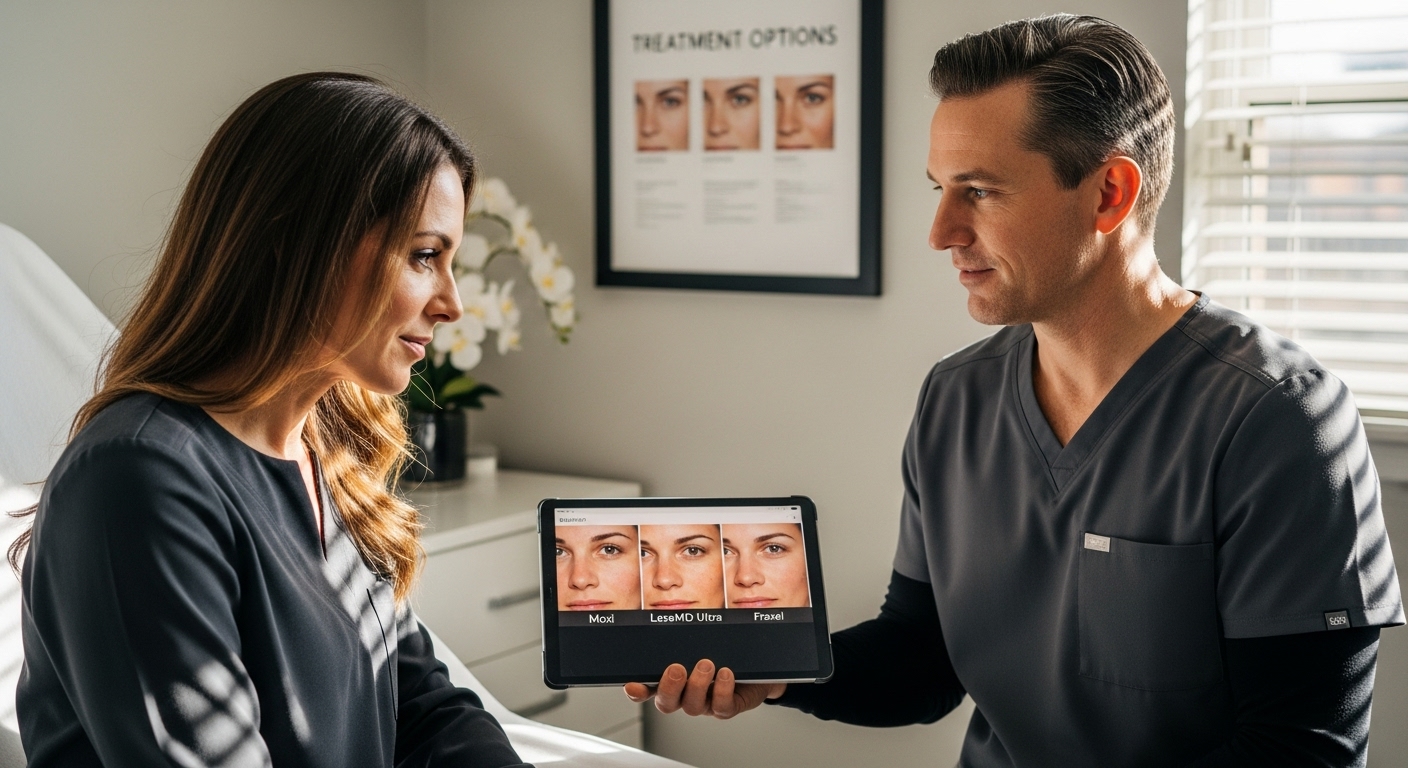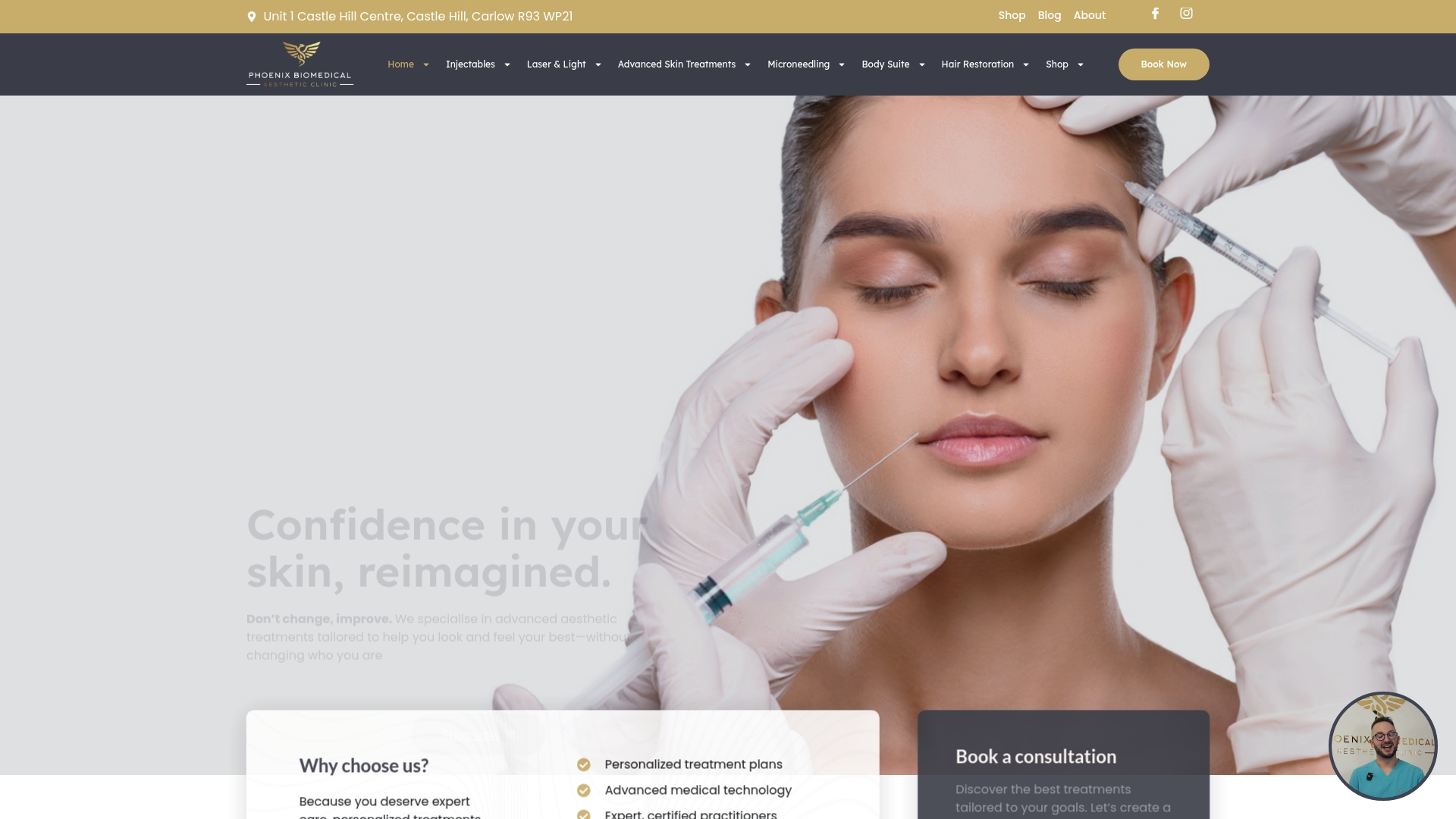Understanding Moxi vs LaseMD Ultra vs Fraxel Treatments
Laser skin treatments are transforming the way we care for our skin and the technology behind them has never been more advanced. Most people expect a painful process or endless downtime, but the reality might surprise you. Treatments like Moxi, LaseMD Ultra, and Fraxel can stimulate natural collagen production and require only minimal recovery time which means fresh, healthier skin is now easier to achieve than ever before.
Table of Contents
- What Are Moxi, LaseMD Ultra, And Fraxel?
- Why Is Skin Rejuvenation Important?
- How Each Treatment Works: Technology Behind The Procedures
- Key Differences And Similarities Between The Treatments
- What To Consider When Choosing A Treatment
Quick Summary
| Takeaway | Explanation |
|---|---|
| Choose based on skin needs | Select Moxi, LaseMD Ultra, or Fraxel according to your skin type and concerns. |
| Understand treatment differences | Each treatment (Moxi, LaseMD Ultra, Fraxel) has unique strengths, with varying intensity and outcomes. |
| Seek professional evaluation | A qualified professional can assess your skin to recommend the most suitable treatment option. |
| Consider recovery time | Different treatments have distinct recovery periods, impacting your decision based on lifestyle and preference. |
| Prioritise skin health benefits | Skin rejuvenation not only improves appearance but enhances overall skin health and resilience against aging. |
What are Moxi, LaseMD Ultra, and Fraxel?
In the world of aesthetic skin treatments, Moxi, LaseMD Ultra, and Fraxel represent advanced laser technologies designed to rejuvenate and transform skin appearance. These non-invasive treatments target various skin concerns using precise laser energy, offering patients innovative solutions for skin imperfections.
Laser Technology Fundamentals
Each of these laser treatments operates on the fundamental principle of fractional photothermolysis, a sophisticated technique that creates microscopic treatment zones within the skin. By delivering controlled thermal energy, these lasers stimulate natural healing processes, promoting collagen production and cellular regeneration.
Key characteristics of these laser treatments include:
- Targeted energy delivery to specific skin layers
- Minimal invasiveness compared to traditional surgical procedures
- Ability to address multiple skin concerns simultaneously
Understanding Individual Treatment Approaches
While Moxi, LaseMD Ultra, and Fraxel share similar technological foundations, they differ significantly in their specific applications and treatment intensities. According to research from Oregon Health & Science University, fractional laser technologies like these represent cutting-edge solutions for skin rejuvenation.
The Moxi laser focuses on gentle, maintenance-level treatments, ideal for individuals seeking subtle skin improvements. LaseMD Ultra offers more powerful interventions, capable of addressing more pronounced skin concerns with greater precision. Fraxel is an older technology that provides comprehensive skin resurfacing for more extensive skin damage and aging signs.
For those interested in exploring advanced skin rejuvenation techniques, learn more about our Lutronic Baby Face Laser treatments which can complement these innovative laser technologies.
Why is Skin Rejuvenation Important?
Skin rejuvenation represents more than a cosmetic enhancement. It is a comprehensive approach to maintaining skin health, addressing both aesthetic concerns and underlying dermatological well-being. Modern medical perspectives view skin rejuvenation as an essential strategy for preserving skin function, preventing premature aging, and promoting overall skin resilience.
The Biological Importance of Skin Health
Our skin is a complex, dynamic organ that serves critical protective functions. As we age, natural cellular processes slow down, leading to decreased collagen production, reduced elasticity, and increased vulnerability to environmental damage. Skin rejuvenation treatments counteract these natural degenerative processes by stimulating cellular regeneration and supporting the skin’s intrinsic repair mechanisms.
Key biological benefits of skin rejuvenation include:
- Stimulating natural collagen production
- Improving skin barrier function
- Reducing inflammatory responses
- Enhancing cellular turnover and repair
Psychological and Social Dimensions
Beyond physical health, skin rejuvenation plays a significant role in psychological well-being. According to research from leading dermatological studies, individuals who feel confident about their skin appearance often experience improved self-esteem and social interactions.
Skin health impacts more than appearance – it reflects overall physiological wellness and can be an indicator of underlying health conditions. By investing in professional skin rejuvenation treatments, individuals can address both cosmetic concerns and potential dermatological issues.
For those interested in comprehensive skin care solutions, explore our advanced skincare product range designed to complement professional skin rejuvenation treatments.
How Each Treatment Works: Technology Behind the Procedures
Laser skin rejuvenation technologies represent sophisticated medical engineering, each employing unique mechanisms to stimulate skin renewal and address specific dermatological concerns. Understanding the technological nuances of Moxi, LaseMD Ultra, and Fraxel reveals the precision and innovation behind these transformative treatments.
Fundamental Laser Interaction Principles
All three treatments operate on the core principle of fractional photothermolysis, a revolutionary approach that creates microscopic thermal zones within the skin. This technique deliberately damages precise skin areas, triggering the body’s natural healing response and promoting collagen regeneration without causing extensive trauma to surrounding tissue.
Key technological characteristics include:
- Controlled energy delivery through specific wavelengths
- Microscopic treatment zones that spare surrounding healthy tissue
- Minimal invasiveness with maximum therapeutic impact
Specific Treatment Technology Breakdown
According to advanced dermatological research, each laser platform demonstrates unique technological sophistication:
Fraxel utilizes a non-ablative fractional laser that creates deep microscopic thermal columns, penetrating dermis layers to stimulate comprehensive skin remodeling. LaseMD Ultra, operating on Thulium laser technology, generates precise microchannels with exceptional energy control, enabling both skin rejuvenation and enhanced topical product absorption. Moxi employs a 1927 nm wavelength laser, delivering gentle fractional treatment.
For patients seeking comprehensive skin health solutions, explore our advanced medical peel treatments that complement these innovative laser technologies.
Key Differences and Similarities Between the Treatments
While Moxi, LaseMD Ultra, and Fraxel share foundational laser technologies, they exhibit nuanced differences that significantly impact their clinical applications and patient outcomes. Understanding these subtle distinctions helps individuals make informed decisions about their skin rejuvenation journey.
Technological Convergence and Divergence
These advanced laser treatments converge on core principles of fractional photothermolysis while diverging in specific technological implementations. Each platform represents a unique approach to skin restoration, tailored to address varying skin concerns and patient requirements.
Common technological similarities include:
- Non-ablative laser technology
- Microscopic treatment zone creation
- Stimulation of natural collagen production
- Minimal invasive procedures
- Targeted skin tissue regeneration
Treatment-Specific Performance Characteristics
According to comprehensive dermatological research, the treatments demonstrate distinct performance profiles:
Fraxel offers the most comprehensive skin resurfacing, ideal for significant photodamage and deep skin remodeling. LaseMD Ultra provides superior precision and energy control, making it excellent for targeted skin concerns and enhanced product absorption. Moxi represents the gentlest intervention, perfect for maintenance and subtle skin improvements.
Key differentiating factors encompass treatment intensity, recovery time, and specific skin condition targeting.
The following table compares key characteristics of Moxi, LaseMD Ultra, and Fraxel treatments, allowing for easy reference when selecting the best option for individual skin needs.
| Treatment | Intensity | Main Focus | Typical Recovery Time | Ideal Candidate |
|---|---|---|---|---|
| Moxi | Gentle, Low | Subtle improvements, maintenance, prevention | Minimal (5-7 days days) | Younger skin, early signs, mild concerns |
| LaseMD Ultra | Moderate | Precision targeting, pigmentation, resurfacing | Short (1-3 days) | Pigmentation, fine lines, custom solutions |
| Fraxel | High | Deep resurfacing, major damage and ageing | Longer (10+ days) | Extensive sun damage, wrinkles, textural change |
LaseMD Ultra emerges as the most versatile platform, capable of addressing multiple skin concerns with exceptional customisation.
For those seeking personalised skin rejuvenation strategies, explore our comprehensive medical peel options that complement these advanced laser technologies.
What to Consider When Choosing a Treatment
Selecting the most appropriate laser skin rejuvenation treatment requires careful consideration of multiple factors. Your unique skin profile, aesthetic goals, and individual health characteristics play crucial roles in determining the most suitable approach among Moxi, LaseMD Ultra, and Fraxel.
Individual Skin Assessment Parameters
Before selecting a laser treatment, comprehensive skin evaluation becomes paramount. Professional practitioners conduct thorough assessments to determine the most effective intervention strategy, considering factors that influence treatment compatibility and potential outcomes.
Critical assessment parameters include:
- Current skin condition and texture
- Existing pigmentation concerns
- Skin sensitivity and healing capacity
- Age and overall skin health
- Previous treatment history
Treatment Selection Criteria
According to clinical dermatological research, patient satisfaction and treatment success depend on multiple nuanced selection criteria. Skin type, specific concern intensity, and recovery time tolerance emerge as primary decision-making factors.
LaseMD Ultra offers exceptional versatility, making it optimal for patients seeking precise, customisable treatments with minimal downtime. Fraxel remains ideal for individuals requiring extensive skin remodeling. Moxi provides an excellent maintenance option for those preferring gentler interventions.
Key considerations include potential side effects, expected recovery periods, and alignment with individual aesthetic objectives.
This table outlines important factors to consider when choosing a laser skin rejuvenation treatment, summarising assessment and decision-making criteria highlighted in the article.
| Assessment Parameter | Description |
|---|---|
| Skin Condition | Evaluate current texture, damage, and overall health |
| Pigmentation Issues | Assess presence and level of pigmentation concerns |
| Sensitivity and Healing | Consider skin sensitivity and natural healing capability |
| Age and Skin Health | Take age and baseline skin resilience into account |
| Previous Treatments | Review history of past skin therapies |
| Desired Results | Clarify individual aesthetic goals and expectations |
| Recovery Time Tolerance | Determine acceptable downtime for lifestyle and needs |
 Consultation with a qualified professional becomes crucial in navigating these complex treatment choices.
Consultation with a qualified professional becomes crucial in navigating these complex treatment choices.
For personalised guidance tailored to your unique skin requirements, explore our advanced skin assessment services designed to help you make informed treatment decisions.
Unlock the Power of Advanced Laser Rejuvenation with Phoenix Biomedical.ie
Are you struggling to choose between Moxi, LaseMD Ultra, or Fraxel for your unique skin goals? This article explains that every skin journey is personal and the differences between these advanced technologies matter. Concerns about downtime, treatment intensity, and achieving your desired results can feel overwhelming without tailored advice. At Phoenix Biomedical.ie, our expert clinicians listen to your needs, analyse your skin, and match you with medical-grade technology for impressive, natural-looking results.

See the difference that expert care and the latest tools can make. For bespoke consultations, real patient success stories, and to discover which solution best fits you, visit Phoenix Biomedical.ie. Take your first step today. Don’t wait to start your journey towards healthier, radiant skin. Let our specialists guide you toward a clearer, fresher, and more confident version of yourself. If you are interested in exploring more solutions or learning about other treatment categories, visit our Uncategorized Archives.
Frequently Asked Questions
What is the difference between Moxi, LaseMD Ultra, and Fraxel treatments?
Moxi focuses on gentle, maintenance-level treatments for subtle skin improvements, LaseMD Ultra provides powerful interventions for more pronounced skin concerns, and Fraxel offers comprehensive skin resurfacing for extensive skin damage and signs of aging.
How do Moxi, LaseMD Ultra, and Fraxel treatments work?
All three treatments utilise fractional photothermolysis, which creates microscopic treatment zones in the skin to stimulate natural healing and collagen production. Each treatment uses specific laser technologies tailored for different skin concerns and treatment intensities.
What skin concerns can be treated with these laser technologies?
Moxi is ideal for maintenance and mild texture issues, LaseMD Ultra targets more significant pigmentation and fine lines, while Fraxel is suitable for deep wrinkles, major photodamage, and extensive skin resurfacing needs.
How long is the recovery time after undergoing Moxi, LaseMD Ultra, or Fraxel treatments?
Moxi typically has minimal downtime, while LaseMD Ultra may involve slightly more recovery due to its intensity. Fraxel usually requires the longest recovery time, as it addresses more extensive skin issues. Individual recovery experiences can vary based on skin type and treatment specifics.
